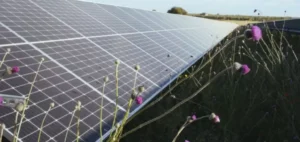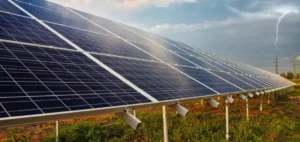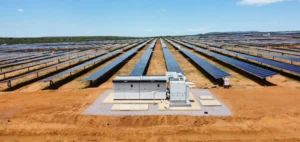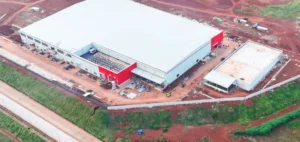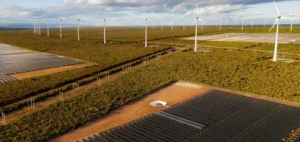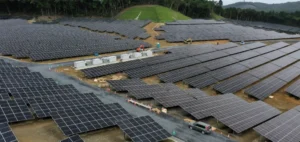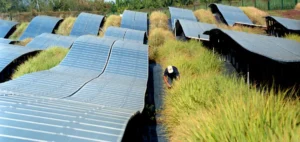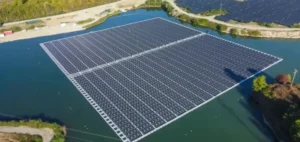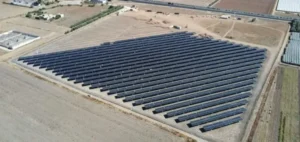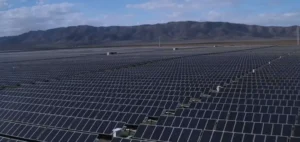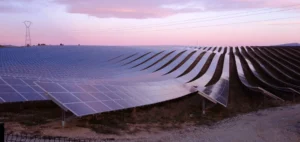The ANU(Australian National University) is developing a more efficient type of solar cell, using laser technology.
ANU develops high-efficiency solar cells
Scientists have just set a new efficiency record with solar cells.
These are bifacial, meaning that the front and back of the cells produce energy.
Dr Kean Chern Fong, lead researcher at ANU, said their bifacial solar cells beat the performance of single-sided silicon solar cells by a wide margin.
“When deployed in a conventional solar farm, a bifacial cell absorbs incoming direct light, while taking advantage of ground reflection, which can contribute up to an additional 30% to energy production. Bifacial solar cells are playing an increasingly important role in the deployment of solar farms, and are expected to account for a market share of more than 50% over the next five years. Our work demonstrates the incredible capabilities of this technology,” says Dr. Fong.
96.3% bifacial efficiency
The team used a specific laser doping technology to manufacture the cells.
“Laser doping uses lasers to locally increase electrical conductivity.
“It is a low-cost, industrially applicable process for increasing the efficiency of solar cells,” says lead researcher Dr Marco Ernst.
The research team achieved a front conversion efficiency of 24.3% and a rear conversion efficiency of 23.4%, giving a bifacial efficiency of 96.3%.
This efficiency represents an effective power of around 29%, far exceeding the efficiency of the best single-sided silicon solar cell.
“This is a world record for selectively laser-doped solar cells. [Nous venons de développer] one of the most efficient bifacial solar cells,” adds Dr. Ernst.
The CSIRO has independently certified the cells’ performance.
ANU’s research was supported by the Australian government, through the Australian Renewable Energy Agency (ARENA) and the Australian Centre for Advanced Photovoltaics (ACAP).





